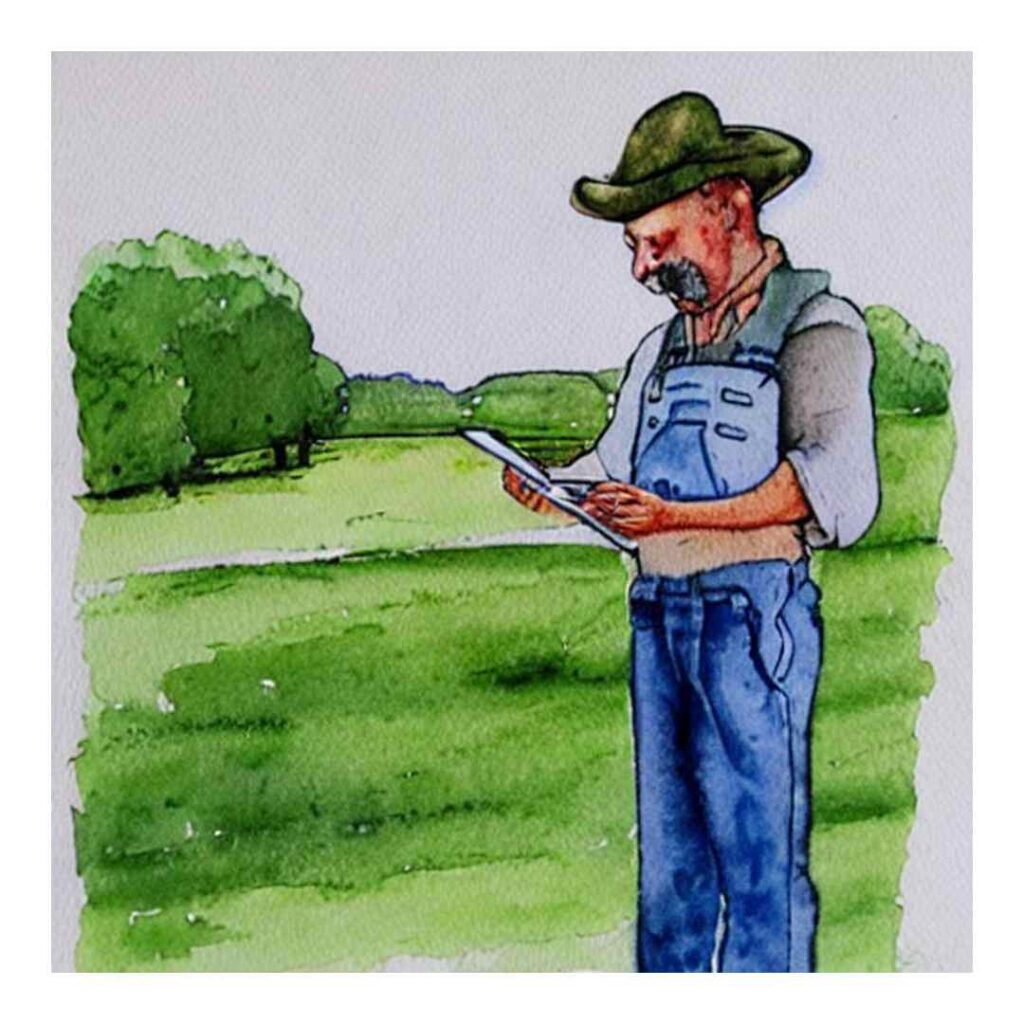
Often the simplest way to remember routines is via a list. That’s why we created this simple checklist of ten tips for combine harvester operators. We make no apology for the huge emphasis on health and safety alongside efficiency.
- Familiarize Yourself with the Equipment: Take the time to thoroughly understand the operation and features of the combine harvester you’ll be using. Read the manual, attend training sessions if available, and get hands-on experience with the controls.
- Perform Pre-Operation Checks: Before starting the harvester, conduct a routine inspection of the machine. Check fluid levels, belts, chains, and ensure that all components are in good working condition. Address any issues promptly to avoid breakdowns during operation.
- Adjust Settings for Field Conditions: Set the combine harvester according to the field and crop conditions. Adjust the height of the header to ensure proper cutting and feeding. Modify rotor speed, concave clearance, and fan speed based on crop type, moisture content, and yield.
- Monitor Grain Loss: Keep a close eye on grain loss during harvesting. Periodically stop and inspect the ground behind the harvester to assess if the loss is within acceptable limits. Adjust the settings as necessary to minimize losses while maintaining grain quality.
- Optimize Harvesting Speed: Find the appropriate balance between harvesting speed and the efficiency of threshing and separation. Avoid rushing through the field at high speeds if it compromises the quality of the harvested crop or causes excessive losses.
- Maintain Consistent Ground Speed: Aim for a steady and consistent ground speed to ensure even feeding of the crop into the harvester. Inconsistent ground speed can lead to uneven crop flow and result in lower productivity.
- Regularly Clean the Harvester: Crop residue can accumulate in the combine harvester, leading to decreased performance and potential fire hazards. Clean the machine regularly, particularly at the end of each day or when transitioning to a new crop.
- Stay Alert and Mindful: Operating a combine harvester requires constant attention. Be vigilant of your surroundings, especially when maneuvering near obstacles or uneven terrain. Stay focused to prevent accidents and damage to the harvester.
- Practice Safe Transport and Storage: When moving the combine harvester between fields or during periods of non-use, ensure secure transportation and proper storage. Follow local regulations and manufacturer guidelines to prevent damage and ensure safety.
- Regular Maintenance and Servicing: Schedule regular maintenance and servicing to keep your combine harvester in optimal condition. Lubricate moving parts, change filters, and replace worn components as recommended by the manufacturer.